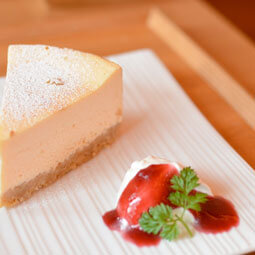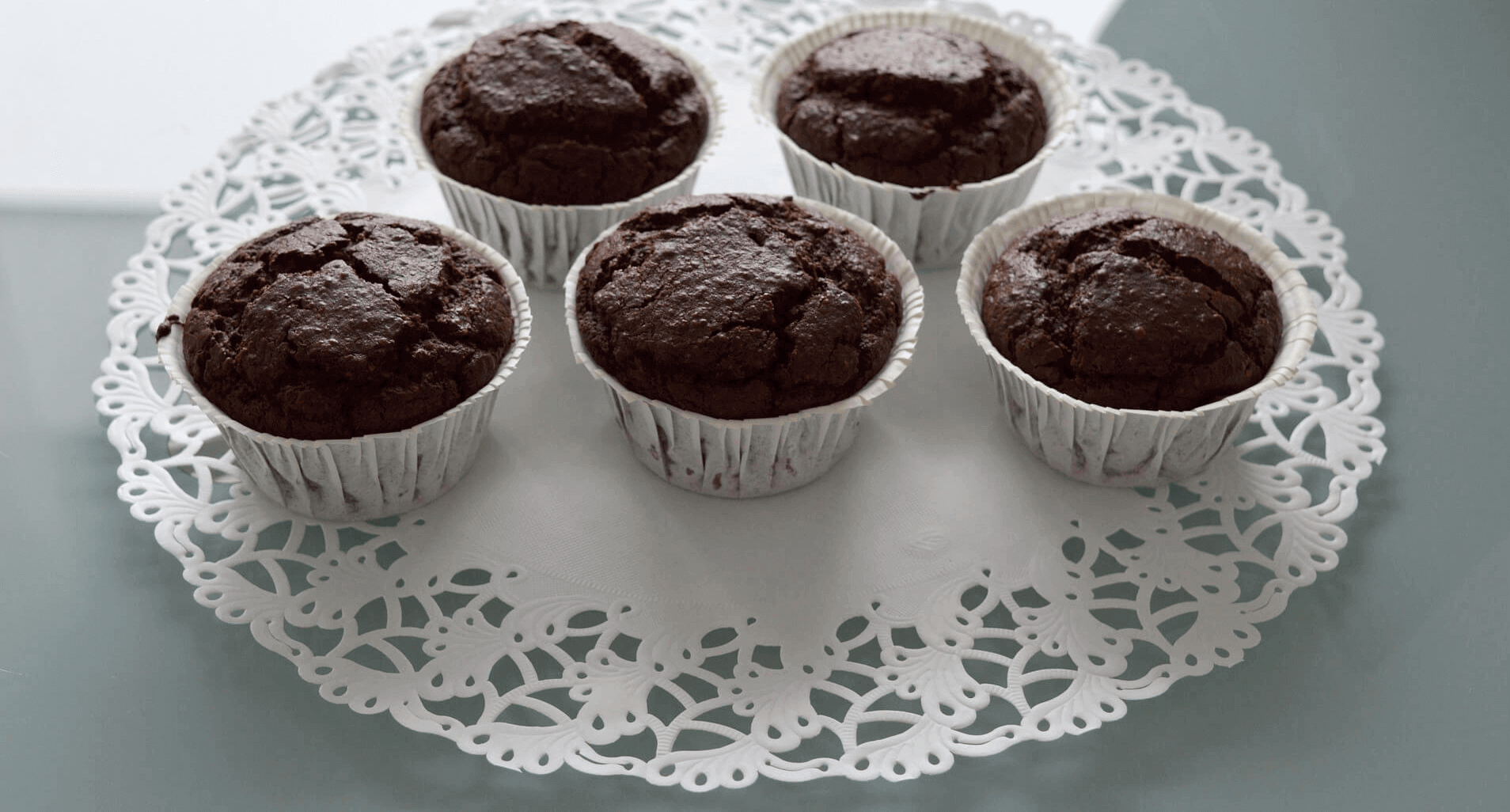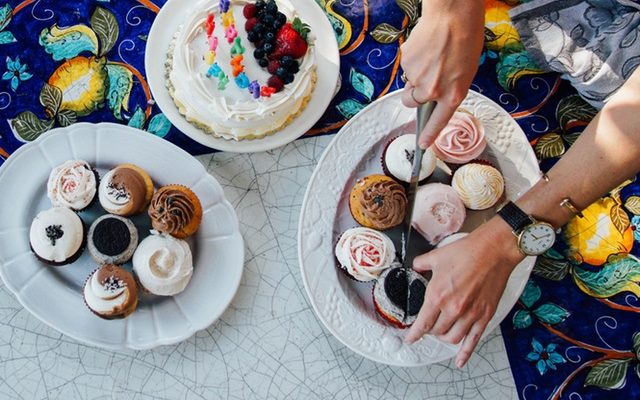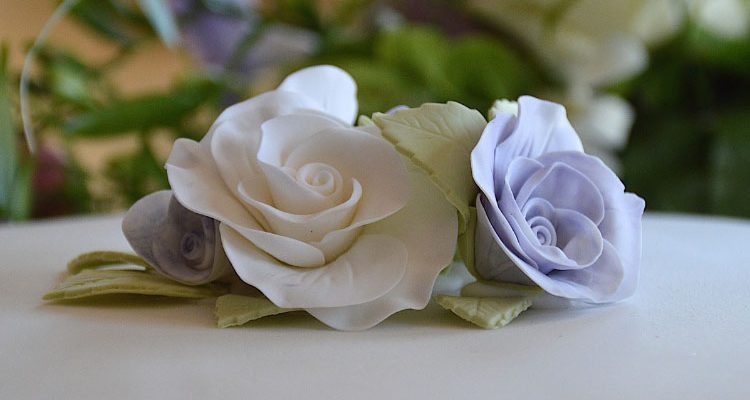Lorem ipsum dolor sit amet, consectetur adipiscing elit. Integer nunc magna, finibus tincidunt congue dapibus, maximus at augue. Phasellus elementum vitae ex ut pulvinar. Fusce non eros dapibus, pretium arcu in, pulvinar turpis.


Lorem ipsum dolor sit amet, consectetur adipiscing elit. Integer nunc magna, finibus tincidunt congue dapibus, maximus at augue. Phasellus elementum vitae ex ut pulvinar. Fusce non eros dapibus, pretium arcu in, pulvinar turpis.

World Class Baking and Pastry Arts
World Class Baking and Pastry Arts

Strawberry Cake is a live album and 53rd overall album by country singer Johnny Cash, released on Columbia Records in 1976. The album includes numerous pieces of between-song stage banter. The album includes several of Cash’s most well-known early songs, such as “Big River”, “I Still Miss Someone” and “Rock Island Line”, as well as a number of more obscure compositions, some of which were performed by Cash for the first time; this includes “Strawberry Cake” and “Navajo”. The title track was released as a single, but did poorly on the charts, peaking at No. 54.
The concert was held and recorded at the London Palladium on September 21, 1975. An IRA bomb threat warning given as June Carter Cash started to sing “The Church in the Wildwood” meant the theatre had to be evacuated but the show continued after the building was searched.
The bomb threat announcement and subsequent evacuation order is included on the recording and is in fact a “hidden” track and is not listed on the record sleeve or CD cover. Later, prior to the performance of “Destination Victoria Station,” June Carter Cash is heard joking that the threat might have been made because she was about to sing.
Track 7 is mislabelled on the sleeve as “Dialogue” but is in fact a comedic a capella duet performance by Cash and June Carter Cash of “Another Man Done Gone”, a song Cash had recorded for Blood, Sweat and Tears. Prior to performing “Rock Island Line”, a song Cash recorded for Sun Records, singer Lonnie Donegan, who had a major US hit with the song, is introduced in the audience.
“Let’s face it, a nice creamy chocolate cake does a lot for a lot of people; it does for me.”
— Audrey Hepburn
During the Great Depression, there was a surplus of molasses and the need to provide easily made food to millions of economically depressed people in the United States. One company patented a cake-bread mix in order to deal with this economic situation, and thereby established the first line of cake in a box. In so doing, cake as it is known today became a mass-produced good rather than a home- or bakery-made specialty.
Later, during the post-war boom, other American companies developed this idea further, marketing cake mix on the principle of convenience, especially to housewives. When sales dropped heavily in the 1950s, marketers discovered that the cake in a box rendered the cake-making function of housewives relatively dispiriting. This was a time when women, retired from the war-time labor force, and in a critical ideological period in American history, were confined to the domestic sphere and oriented towards the freshly blossoming consumerism in the US. In order to compensate for this situation, the marketing psychologist Ernest Dichter ushered in the solution to the cake mix problem: frosting.
Deprived of the creativity involved in making their own cake, within consumerist culture, housewives and other in-home cake makers could compensate by cake decoration inspired by, among other things, photographs in magazines of elaborately decorated cakes.

Chocolate cake is made with chocolate; it can be made with other ingredients, as well. These ingredients include fudge, vanilla creme, and other sweeteners. The history of chocolate cake goes back to 1764, when Dr. James Baker discovered how to make chocolate by grinding cocoa beans between two massive circular millstones.
In 1828, Conrad Van Houten of the Netherlands developed a mechanical extraction method for extracting the fat from cacao liquor resulting in cacao butter and the partly defatted cacao, a compacted mass of solids that could be sold as it was “rock cacao” or ground into powder. The processes transformed chocolate from an exclusive luxury to an inexpensive daily snack. A process for making silkier and smoother chocolate called conching was developed in 1879 by Rodolphe Lindt and made it easier to bake with chocolate as it amalgamates smoothly and completely with cake batters. Until 1890 to 1900, chocolate recipes were mostly for drinks.
“Nobody gets everything in this life. You decide your priorities and you make your choices. I’d decided long ago that any cake I had would be eaten.”
— Donald E. Westlake (Two Much)
The Duff Company of Pittsburgh, a molasses manufacturer, introduced Devil’s food chocolate cake mixes in the mid-1930s, but introduction was put on hold during World War II. Duncan Hines introduced a “Three Star Special” (so called because a white, yellow or chocolate cake could be made from the same mix) was introduced three years after cake mixes from General Mills and Duncan Hines, and took over 48 percent of the market.
In the U.S., “chocolate decadence” cakes were popular in the 1980s; in the 1990s, single-serving molten chocolate cakes with liquid chocolate centers and infused chocolates with exotic flavors such as tea, curry, red pepper, passion fruit, and champagne were popular. Chocolate lounges and artisanal chocolate makers were popular in the 2000s. Rich, flourless, all-but-flourless chocolate cakes are “now standard in the modern pâtisserie,” according to The New Taste of Chocolate.

The first mention of the cupcake can be traced as far back as 1796, when a recipe notation of “a cake to be baked in small cups” was written in American Cookery by Amelia Simmons. The earliest documentation of the term cupcake was in “Seventy-five Receipts for Pastry, Cakes, and Sweetmeats” in 1828 in Eliza Leslie’s Receipts cookbook.
In the early 19th century, there were two different uses for the name cup cake or cupcake. In previous centuries, before muffin tins were widely available, the cakes were often baked in individual pottery cups, ramekins, or molds and took their name from the cups they were baked in. This is the use of the name that has remained, and the name of “cupcake” is now given to any small cake that is about the size of a teacup. While English fairy cakes vary in size more than American cupcakes, they are traditionally smaller and are rarely topped with elaborate icing.
The other kind of “cup cake” referred to a cake whose ingredients were measured by volume, using a standard-sized cup, instead of being weighed. Recipes whose ingredients were measured using a standard-sized cup could also be baked in cups; however, they were more commonly baked in tins as layers or loaves. In later years, when the use of volume measurements was firmly established in home kitchens, these recipes became known as 1234 cakes or quarter cakes, so called because they are made up of four ingredients:
one cup of butter, two cups of sugar, three cups of flour, and four eggs. They are plain yellow cakes, somewhat less rich and less expensive than pound cake, due to using about half as much butter and eggs compared to pound cake. The names of these two major classes of cakes were intended to signal the method to the baker; “cup cake” uses a volume measurement, and “pound cake” uses a weight measurement.
“That’s it, cupcake. You’re going down.”
― Rick Riordan, The Lost Hero
A standard cupcake uses the same basic ingredients as standard-sized cakes: butter, sugar, eggs, and flour. Nearly any recipe that is suitable for a layer cake can be used to bake cupcakes. The cake batter used for cupcakes may be flavored or have other ingredients stirred in, such as raisins, berries, nuts, or chocolate chips.
Cupcakes may be topped with frosting or other cake decorations. They may be filled with frosting, fruit, or pastry cream. For bakers making a small number of filled cupcakes, this is usually accomplished by using a spoon or knife to scoop a small hole in the top of the cupcake. Another method is to just insert the pastry bag in the middle of the cupcake. In commercial bakeries, the filling may be injected using a syringe. Elaborately decorated cupcakes may be made for special occasions.
Cupcakes are usually baked in muffin tins. These pans are most often made from metal, with or without a non-stick surface, and generally have six or twelve depressions or “cups”. They may also be made from stoneware, silicone rubber, or other materials. A standard size cup is 3 inches (76 mm) in diameter and holds about 4 ounces, although pans for both miniature and jumbo size cupcakes exist. Specialty pans may offer many different sizes and shapes.
Cupcakes may be plain cakes without any frosting or other decoration. These were baked on a flat baking sheet in a double-layer of paper cupcake liners.
Individual patty cases, or cupcake liners, may be used in baking. These are typically round sheets of thin paper pressed into a round, fluted cup shape. Liners can facilitate the easy removal of the cupcake from the tin after baking, keep the cupcake more moist, and reduce the effort needed to clean the pan. The use of liners is also considered a more sanitary option when cupcakes are being passed from hand to hand. Like cupcake pans, several sizes of paper liners are available, from miniature to jumbo.
In addition to paper, cupcake liners may be made from very thin aluminum foil or, in a non-disposable version, silicone rubber. Because they can stand up on their own, foil and silicone liners can also be used on a flat baking sheet, which makes them popular among people who do not have a specialized muffin tin. Some of the largest paper liners are not fluted and are made out of thicker paper, often rolled at the top edge for additional strength, so that they can also stand independently for baking without a cupcake tin. Some bakers use two or three thin paper liners, nested together, to simulate the strength of a single foil cup.
A wedding cake is the traditional cake served at wedding receptions following dinner. In some parts of England, the wedding cake is served at a wedding breakfast, note that ‘wedding breakfast’ does not mean the meal will be held in the morning but at a time following the ceremony on the same day. In modern Western culture, the cake is usually on display and served to guests at the reception. Traditionally, wedding cakes were made to bring good luck to all guests and the couple. Modernly however, they are more of a centerpiece to the wedding and are not always even served to the guests. Some cakes are built with only a single edible tier for the bride and groom to share.
Wedding cakes come in a variety of sizes, depending on the number of guests the cake will serve. Modern pastry chefs and cake designers use various ingredients and tools to create a cake that usually reflects the personalities of the couple. Marzipan, fondant, gum paste, buttercream, and chocolate are among the popular ingredients used. Cakes range in price along with size and components. Cakes are usually priced on a per-person, or per-slice, basis. Prices can range from a few dollars to a few hundred dollars per-person or slice, depending on the pastry chef who is hired to make the cake. Wedding cakes and cake decorating in general have become a certain pop culture symbol in western society. In America, TV shows such as Cake Boss or Amazing Wedding Cakes have become popular and are trending in today’s popular culture.
Wedding cake was originally a luxury item, and a sign of celebration and social status. The bigger the cake, the higher the social standing. Wedding cakes in England and early America were traditionally fruit cakes, often topped with marzipan and icing with tiers, Cutting the cake was an important part of the reception. Today, many flavors and configurations are available in addition to the traditional all-white tiered cake.
When the two cakes were served together, the groom’s cake was typically the darker colored, rich fruit cake and generally much smaller than the bride’s cake.
Traditionally the bride would place a ring inside the couple’s portion of the cake to symbolise acceptance of the proposal. During the mid-17th century to the beginning of the 19th, the “bride’s pie” was served at most weddings. Guests were expected to have a piece out of politeness. It was considered very rude and bad luck not to eat the bride’s pie. One tradition of bride’s pie was to place a glass ring in the middle of the dessert and the maiden who found it would be the next to marry, similar to the modern tradition of catching the Flower bouquet. Bride’s pie eventually developed into the bride’s cake. At this point the dessert was no longer in the form of a pie and was sweeter than its predecessor. The bride cake was traditionally a plum or fruit cake. The myth that eating the pie would bring good luck was still common but the glass ring slowly died out and the flower bouquet toss replaced it.
Fruit cakes were a sign of fertility and prosperity, which helped them gain popularity because married men wanted to have plenty of children. The bride’s cake eventually transformed into the modern wedding cake we know today. In the 17th century, two cakes were made, one for the bride and one for the groom. The groom’s cake eventually died out and the bride’s cake turned into the main cake for the event.
The bride’s cake was usually a simple pound cake with white icing because white was a sign of virginity and purity. In the early 19th century, when the bride’s cakes became popular, sugar became easier to obtain. The more refined and whiter sugars were still very expensive. so only wealthy families could afford to have a very pure white frosting. This showed wealth and social status of the family. When Queen Victoria used white icing on her cake it gained a new title, royal icing.
Dessert is a course that concludes a main meal. The course usually consists of sweet foods and beverages, such as dessert wine or liqueurs, but may include coffee, cheeses, nuts, or other savory items. In some parts of the world, such as much of central and western Africa, there is no tradition of a dessert course to conclude a meal.
The term “dessert” can apply to many confections, such as cakes, tarts, cookies, biscuits, gelatins, pastries, ice creams, pies, puddings, custards, and sweet soups. Fruit is also commonly found in dessert courses because of its naturally occurring sweetness. Some cultures sweeten foods that are more commonly savory to create desserts.
Sweets were fed to the gods in ancient Mesopotamiaand India and other ancient civilizations. Dried fruit and honey were probably the first sweeteners used in most of the world, but the spread of sugarcane around the world was essential to the development of dessert.
Sugarcane was grown and refined in India before 500 BCE and was crystallized, making it easy to transport, by 500 CE. Sugar and sugarcane were traded, making sugar available to Macedonia by 300 BCE and China by 600 CE. In South Asia, the Middle East and China, sugar has been a staple of cooking and desserts for over a thousand years. Sugarcane and sugar were little known and rare in Europe until the twelfth century or later, when the Crusades and then colonialization spread its use.
Europeans began to manufacture sugar in the Middle Ages, and more sweet desserts became available. Even then sugar was so expensive usually only the wealthy could indulge on special occasions. The first apple pie recipe was published in 1381. The earliest documentation of the term cupcake was in “Seventy-five Receipts for Pastry, Cakes, and Sweetmeats” in 1828 in Eliza Leslie’s Receipts cookbook.
The Industrial Revolution in America and Europe caused desserts to be mass-produced, processed, preserved, canned, and packaged. Frozen foods became very popular starting in the 1920s when freezing emerged. These processed foods became a large part of diets in many industrialized nations. Many countries have desserts and foods distinctive to their nations or region.
Chocolate is a typically sweet, usually brown, food preparation of Theobroma cacao seeds, roasted, ground, and often flavored. Pure, unsweetened chocolate contains primarily cocoa solids and cocoa butter in varying proportions. Much of the chocolate currently consumed is in the form of sweet chocolate, combining chocolate with sugar. Milk chocolate is sweet chocolate that additionally contains milk powder or condensed milk. White chocolate contains cocoa butter, sugar, and milk, but no cocoa solids. Dark chocolate is produced by adding fat and sugar to the cacao mixture, with no milk or much less than milk chocolate.
Breakfast is the first meal of a day, most often eaten in the early morning before undertaking the day’s work. Some believe it to be the most important meal of the day. Among English speakers, “breakfast” can be used to refer to this meal or to refer to a meal composed of traditional breakfast foods (such as eggs, porridge and sausage) served at any time of day. The word literally refers to breaking the fasting period of the prior night.
Breakfast foods vary widely from place to place, but often include a carbohydrate such as grains or cereals, fruit, vegetables, a protein food such as eggs, meat or fish, and a beverage such as tea, coffee, milk, or fruit juice. Coffee, milk, tea, juice, breakfast cereals, pancakes, waffles, sausages, French toast, bacon, sweetened breads, fresh fruits, vegetables, eggs, baked beans, muffins, crumpets and toast with butter, margarine, jam or marmalade are common examples of Western breakfast foods, though a large range of preparations and ingredients are associated with breakfast globally.
Due to its near two centuries history as a British colony and proximity to China’s Canton region, both English and traditional Cantonese style breakfasts are of somewhat equal popularity in Hong Kong, as well as the hybrid form of breakfast commonly offered in Cha chaan teng. Cha Chaan Teng breakfasts often include Hong Kong style milk tea, pan fried egg, bread, Cantonese noodles or Hong Kong style macaroni in soup.
Traditional Cantonese breakfast may include dim sum, which include a variety of different ingredients and are prepared in numerous different forms from delicately wrapped baby shrimp steamed dumplings to sweet water chestnut cake. Each dish is designed to be sampled and diners can go through a large selection of dim sum quickly accompanied by a generous amount of good tea. Iron Buddha tea is the most common accompaniment, but other teas such as pu’er and oolong are also common. Fried and rice-based noodles and cakes are also popular. In modern times, dim sum is commonly prepared and served in Yum Cha restaurants rather than home because of the skill and efforts involved in the preparation.
Breakfast in modern Japanese households comes in two major variations: Japanese style and Western style. Japanese-style breakfasts are eaten widely in Japan, but often only on weekends and non-working days. Younger Japanese couples may prefer Western-style breakfasts because they are generally less time consuming to prepare.
The standard Japanese breakfast consists of steamed white rice, a bowl of miso soup, and Japanese styled pickles (like takuan or umeboshi). A raw egg and nori are often served; the raw egg is beaten in a small bowl and poured on the hot rice to make golden colored tamago kake gohan, whilst the nori (sheets of dried seaweed) is used to wrap rice. Grilled fish and Japanese green tea are often served as well.
Western-style breakfasts in Japanese households are similar to those in the United States. Japanese children often eat corn flakes and drink milk, hot chocolate or fruit juice. Japanese adults (especially younger ones) tend to have toast with butter or jam, eggs, and slices of vegetables. They often drink coffee or orange juice.
In most legal systems, one becomes designated as an adult on a particular birthday (usually between 12 and 21), and reaching age-specific milestones confers particular rights and responsibilities. At certain ages, one may become eligible to leave full-time education, become subject to military conscription or to enlist in the military, to consent to sexual intercourse, to marry, to marry without parental consent, to vote, to run for elected office, to legally purchase alcohol and tobacco products, to purchase lottery tickets, or to obtain a driver’s licence.
The age of majority is the age when minors cease to legally be considered children and assume control over their persons, actions, and decisions, thereby terminating the legal control and legal responsibilities of their parents or guardians over and for them. Most countries set the age of majority between 18 and 21.
In many cultures, the wish must be kept secret or it won’t “come true”.
Presents are bestowed on the individual by the guests appropriate to her/his age. Other birthday activities may include entertainment (sometimes by a hired professional, i.e. a clown, magician, or musician), and a special toast or speech by the birthday celebrant. The last stanza of Patty Hill’s and Mildred Hill’s famous song,
According to a public database of births, birthdays in the United States are quite evenly distributed for the most part, but there tend to be more births in September and October. This may be because there is a holiday season nine months before (the human gestation period is about nine months), or because the longest nights of the year also occur in the Northern Hemisphere nine months before. However, it appears the holidays have more of an effect on birth rates than the winter: New Zealand, a Southern Hemisphere country, has the same September and October peak with no corresponding peak in March and April.
The least common birthdays tend to fall around public holidays, such as Christmas, New Years Day and fixed-date holidays such as July 4 in the US. This is probably due to hospitals and birthing centres not offering labor inductions and elective Caesarean sections on public holidays.
Based on Harvard University research of birth records in the United States between 1973 and 1999, September 16 is the most common birthday in the United States and December 25 the least common birthday (other than February 29, because of leap years). In 2011, October 5 and 6 were reported as the most frequently occurring birthdays.